By Guest Blogger JamillahNeeairah Nasir “Mama J”
As a member of the Greensboro Kwanzaa Collective, I’ve heard many people say they’d like to celebrate Kwanzaa but don’t know where to begin, and I can imagine I would feel that way if it weren’t for my family’s practical, innovative and very unconventional approach to celebrating our very first Kwanzaa. The truth is, Kwanzaa is very adaptable, and my goal is to inspire you to observe Kwanzaa in your own way and with what you have right now until you can acquire the ceremonial implements that will be to your liking.
I was fourteen years old when I was first introduced to Kwanzaa; we were living in Baltimore, Maryland and there was a community celebration being held at Morgan State University, the school that would years later become my Alma Mater. The event was much like the one we organize each year for the City of Greensboro, North Carolina.
When we arrived at the Student Center, it was filled completely with the most beautiful Black people I’d ever seen gathered together; many were traditionally dressed in elegant fashion and others wore jeans and a dashiki or a t-shirt that bore a message of some cultural significance. As is true of all community Kwanzaa celebrations, there were presentations from the community and teachings on matters of our wonderful history. There was also singing, drumming and dancing. The food was delicious, healthy and excellent; the people were open, loving, and friendly. The call of the drums, the billow of smoke that filled the auditorium, and the sweet and musky scents of oils and incense being worn and sold in the area designated for the African Marketplace made me heady and gave me a feeling of something intangibly familiar. The program itself was beautiful and very informative. I was personally preoccupied with and fascinated by the Kiswahili words that are known as the Seven Principles of Kwanzaa, and how each has an important meaning and can be used to improve your daily life. We learned a great deal about the symbols and significance of Kwanzaa and we were inspired to “bring it home” immediately.
But there was a slight problem: at home, there was no drum. We didn’t have any of the traditional clothing and we didn’t have any of the seven symbols of Kwanzaa. But my mother said that shouldn’t stop us because, according to the principle of Kuumba (Creatitivity), we simply must think about how we could do it not whether we could. Motivated by her challenge, we rushed home and got right to work.
That year, our Mkeka (placemat) was made from brown construction paper cut into strips and woven together by my little sisters. Our Kinara (candle holder) was made with modeling clay and the Mishumaa Saba (seven candles) were just emergency candles we had around the house—not the traditional pattern of three red candles, three green candles and one black candle in the center. Our Mazao (first fruits of the harvest) were taken from our refrigerator and placed in our regular fruit bowl and the Kikombe Cha Umoja (Unity Cup) was made by decorating the outside of a mason jar with twine and beads. As for the Vibunzi (ears of corn placed on the table to reflect the number of children in the home), my mother said we would go with four that year since that was how many we had in the house at the time. (There are eight children, but Mommy made it work by saying four represented her four boys and her four girls.) We each made Zawadi (gifts) for our mother and placed them on the table with the other symbols. To decorate the room, we draped a piece of African cloth along the back of the couch and hung another piece on the wall for the backdrop, and it was done! Our program was opened with a drum call by my brother, we all sang the Negro National Anthem, I recited a poem, my little sisters did a dance, one of my brothers performed a freestyle rap about Kwanzaa and my mother sang a song. It was a family project, it was rather simple, and it’s one of my favorite memories of Kwanzaa.
Kwanzaa is, above all else, about the celebration and acknowledgement of African and African American history, culture and tradition. It is not religious in its scope, and you don’t have to be or do anything except have an appreciation for the cultural contributions that Africans in our society have made to the betterment of the world. When you think about it in these terms, the celebration of Kwanzaa becomes practical and almost necessary—especially if you are African American.
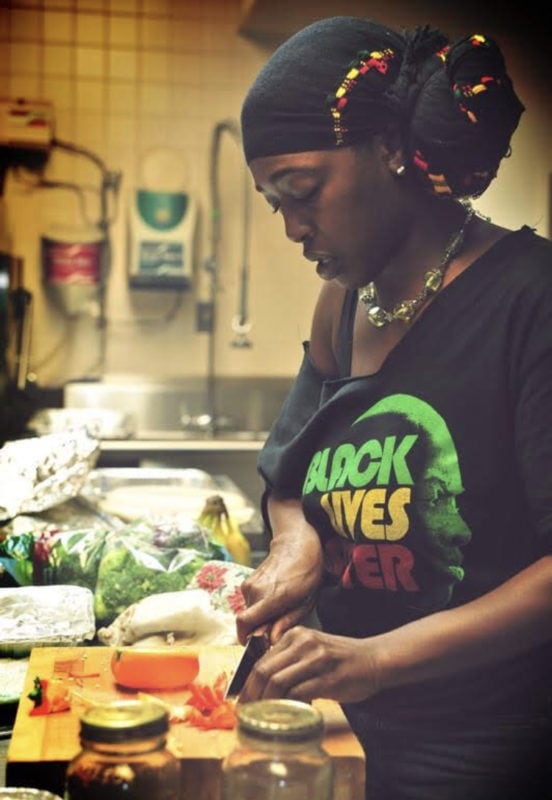 JamillahNeeairah Nasir (Mama J) is a mother to four grown children, a writer, and a retired birth worker. She’s the owner of Woman’s Work Consulting Group and Sweet Mama Jai’s Kitchen—A local specialty catering outfit. She also sells handmade gifts and personal care products to raise funds so she can pursue her dream of hoboing across country while her ankles are still strong. She is also a founding member of the Greensboro Kwanzaa Collective. You can follow her latest and future shenanigans on Facebook @RealWomansWork.
JamillahNeeairah Nasir (Mama J) is a mother to four grown children, a writer, and a retired birth worker. She’s the owner of Woman’s Work Consulting Group and Sweet Mama Jai’s Kitchen—A local specialty catering outfit. She also sells handmade gifts and personal care products to raise funds so she can pursue her dream of hoboing across country while her ankles are still strong. She is also a founding member of the Greensboro Kwanzaa Collective. You can follow her latest and future shenanigans on Facebook @RealWomansWork.
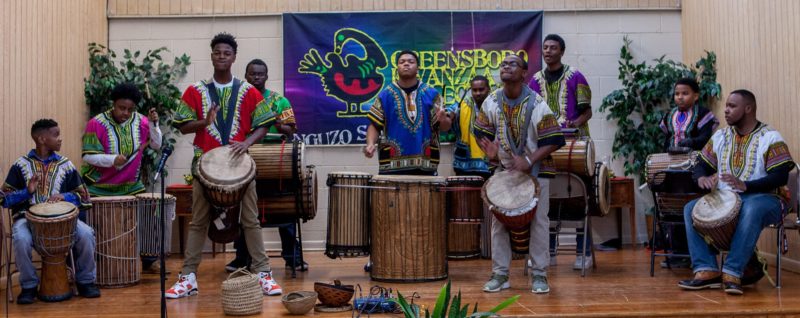
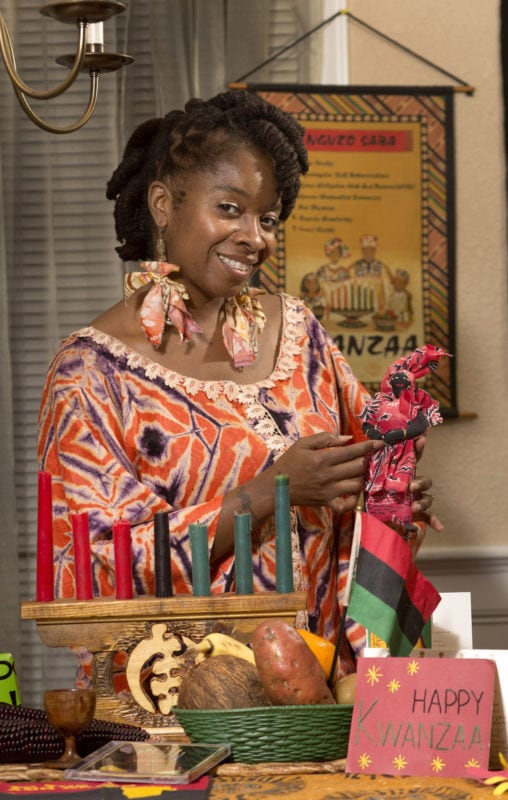
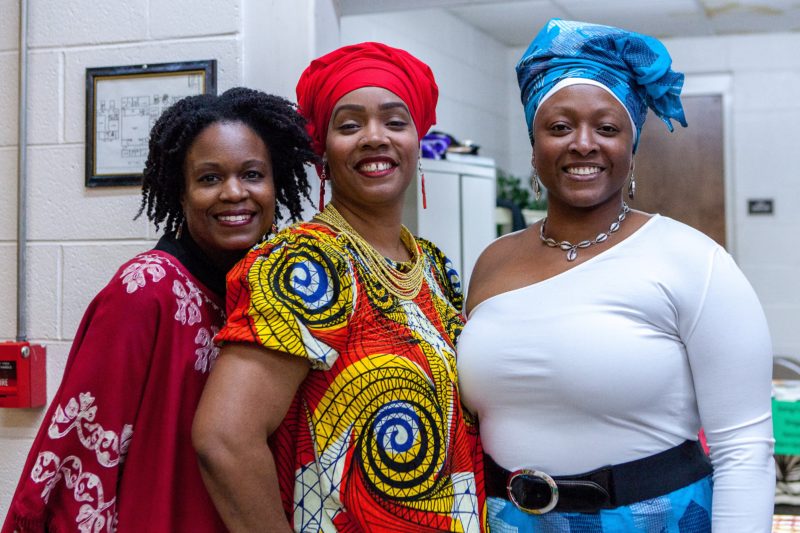
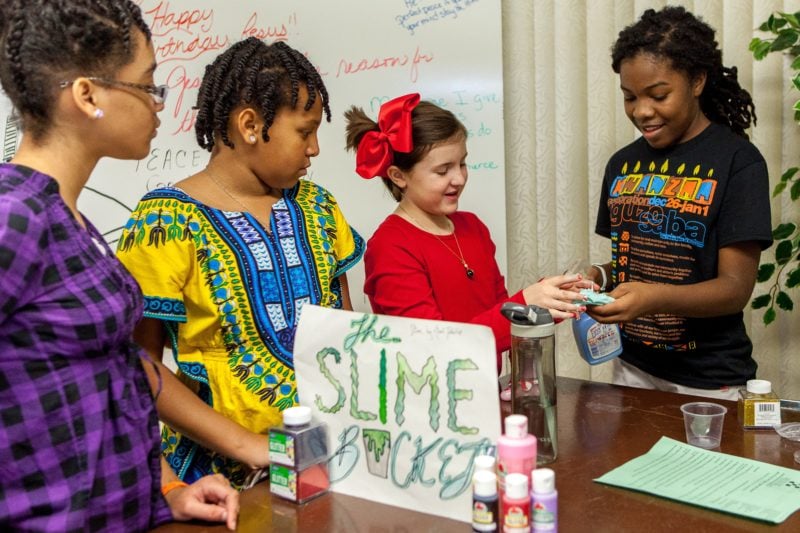
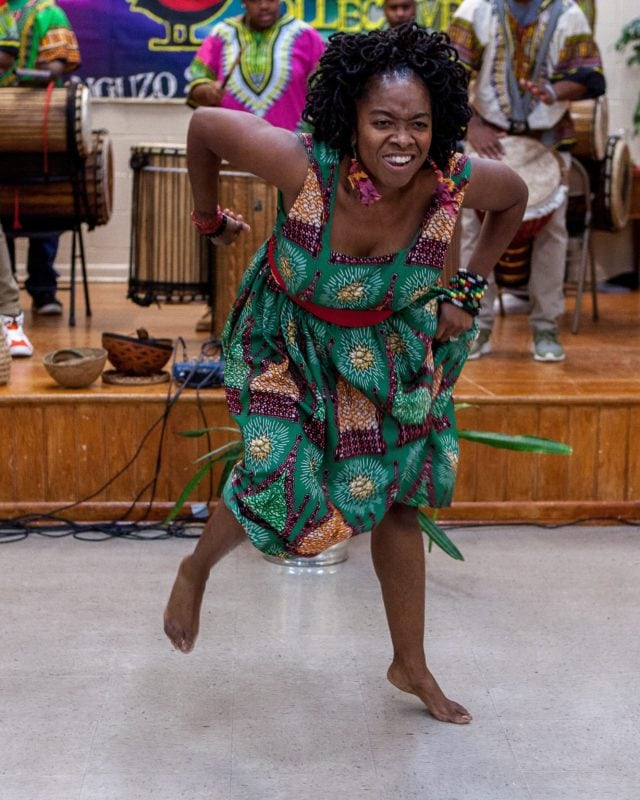
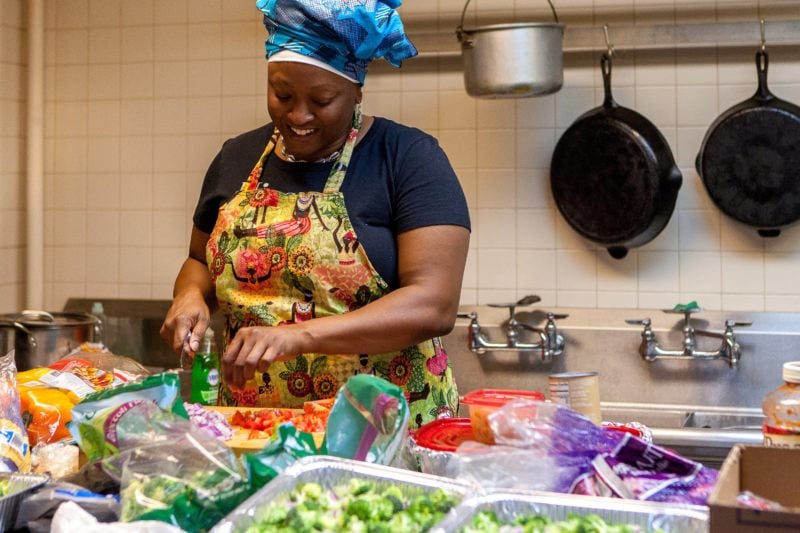
Want to see more blogs like this and get notifications on local events and happenings? Subscribe to our free weekly newsletters here.

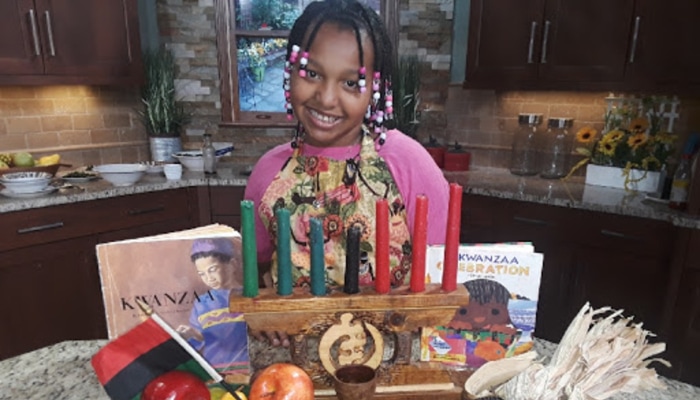















This is awesome! I love what your family accomplished together. It made me think of my first Kwanzaa at the age of 15. It almost makes me cry now. I had/have an amazing mentor who introduced me.
What a beautiful article. Mama J, thank you for sharing creative ways that we all can celebrate Kwanzaa!
I love this so much! Thank you for inspiring me to celebrate Kwanzaa this year! We are reading this together as a family tonight!
This is an amazing article. I’m encouraged now,more than ever to bring Kwanzaa into my home. And, share it with others. thank you Mama JAMILLAH for sharing your story.
Denise M.